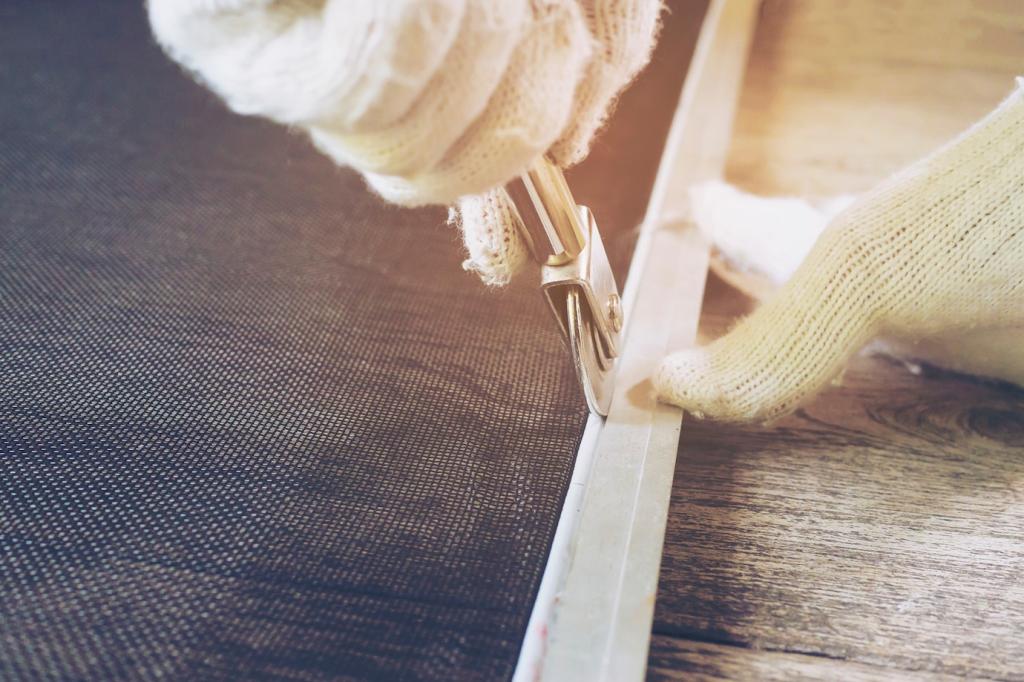Smart Covers and Thoughtful Storage
Look for solution-dyed fabric with taped seams, vents, and secure straps. The fit should skim, not hug, to promote airflow. Avoid vinyl that traps condensation. Tell us your furniture dimensions and we’ll help you choose a protective fit, not a moisture trap.
Smart Covers and Thoughtful Storage
If storms or heavy pollen are forecast, cover. For long absences or harsh winters, store in a shed or garage with blocks for airflow. Never cover while wet. Subscribe for seasonal prompts so you never miss the ideal switch-over moment.


